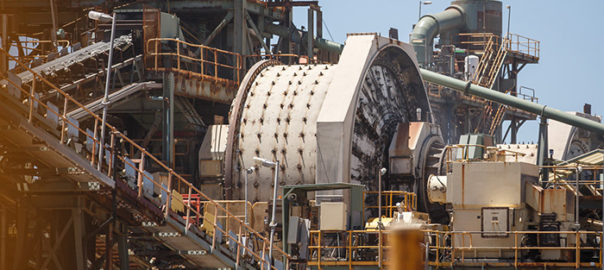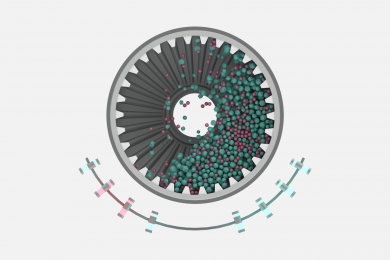BILBY 3D prides itself as being the biggest and one of the oldest 3D printer retailers in Australia. “We are the old boys on the block, working in the industry for close to a decade now,” Lee Bilby told Manufacturers’ Monthly.
Over these years, Bilby 3D has seen advancements in material invention transform 3D technology and has adapted to the new technologies.
“What excites me the most is the material development; because this has dramatically expanded the possibilities for 3D printing. Material development and 3D printing innovation go hand in hand because the materials get developed that allow machines to do more things and machines develop more capabilities that allow them to deal with more materials,” said Bilby.
Bilby 3D has been manufacturing filaments for the past six years and has partnered with companies like Proto-Pasta in the US for manufacturing metal materials with filaments.
“We started manufacturing filaments in the very early days when the only material available for 3D printing was Acrylonitrile, Butadiene, and Styrene polymers (ABS). Being the traditional material used for injection moulding, ABS is not a great material for 3D printing because it can cause uneven shrinkage in the printed parts, so that you don’t get the desired precision.
“So, polylactic acid (PLA) was invented and has really become the backbone of 3D printing in many ways. PLA material actually does a full state change from a solid to a liquid when you print with it. PLA is actually a great material for a few reasons. From a global perspective, it is a great material because it is biodegradable, unlike ABS which is a petroleum bi-product.
“Today, we are no longer restricted to ABS or PLA plastics and we can manufacture in metals, rubber-like flexible, heat-resistant materials, through to new innovative materials like matte fibre,” said Bilby.
Raise3D’s Australian distributor
Bilby 3D is the Australian distributor for Raise3D, a global 3D printer brand whose latest printer series has won the title of “Best 3D Printer for 2018” by Make Magazine. Bilby said Raise3D’s Pro 2 would officially launch in Australia at the National Manufacturing Week expo, held in Sydney from 9-11 May.
Raise3D Pro 2 is an industrial grade components printer that combines unprecedented resolution capabilities with large build areas, onsite servicing and support, and minimal maintenance requirements.
Some key benefits and design innovations that distinguish Raise 3D Pro 2 include an electronic driven lifting dual extrusion system that is accurate to five microns (<0.005mm) and switches within less than one second between materials, wide filament compatibility (300°C), built- in air filtration, filament run-out detection and the ability to resume printing after power outage.
“Raise 3D Pro 2 model can print to a resolution of 10 microns per layer, that is previously unheard of within the industry, as the standard resolution for 3D printers is generally about 100 microns per layer,” said Bilby.
Sharing knowledge with the industry
3D printing being an emerging industry, consulting is an important part of Bilby 3D’s business. Bilbo 3D supports customers with sales, support and consulting through its wide network of resellers and offices in Sydney, Brisbane and Melbourne.
“From very early on, we at Bilby 3D saw our role as investigators. We researched and talked to industry to determine what they needed and how they could use 3D Printing. Our team draws on a diverse range of industry backgrounds, so that our clients can benefit from specialised experience both within their industry and with 3D printing.
“It is through these strong ties to industry that we have learned, developed and shared back that knowledge, to see Australian companies grow through their adoption of 3D printing,” said Bilby.
She also said that she enjoys seeing how 3D printing can make the impossible possible. “To watch an idea that never would have been viable through traditional manufacturing, become a reality because of the small scale production capabilities of 3D printing is great,” said Bilby.
“One example is DreamFarm, who utilised 3D printing from the beginning to iterate and test products on the path to traditional manufacturing. From their small beginnings 3D printing has helped them become a large international company.”
3D printing could in fact be economically feasible, particularly for small quantity productions. She said 3D printing only uses what it needs because it’s an additive manufacturing versus a subtractive manufacturing. Comparing it to CNC-ing a part where the part is cut out of a larger block of material, 3D printing only uses the exact material as needed so it becomes cheaper eventually.
“Many companies need to have parts in order to supply warranty. 3D printing allows them to only manufacture the required quantity rather than having to stock a large quantity, as is common practice through traditional manufacturing,” said Bilby.
Read more at http://www.ferret.com.au/articles/news/taking-3d-to-the-next-level-n2530018#7AvXUt8GdQswVsQq.99



